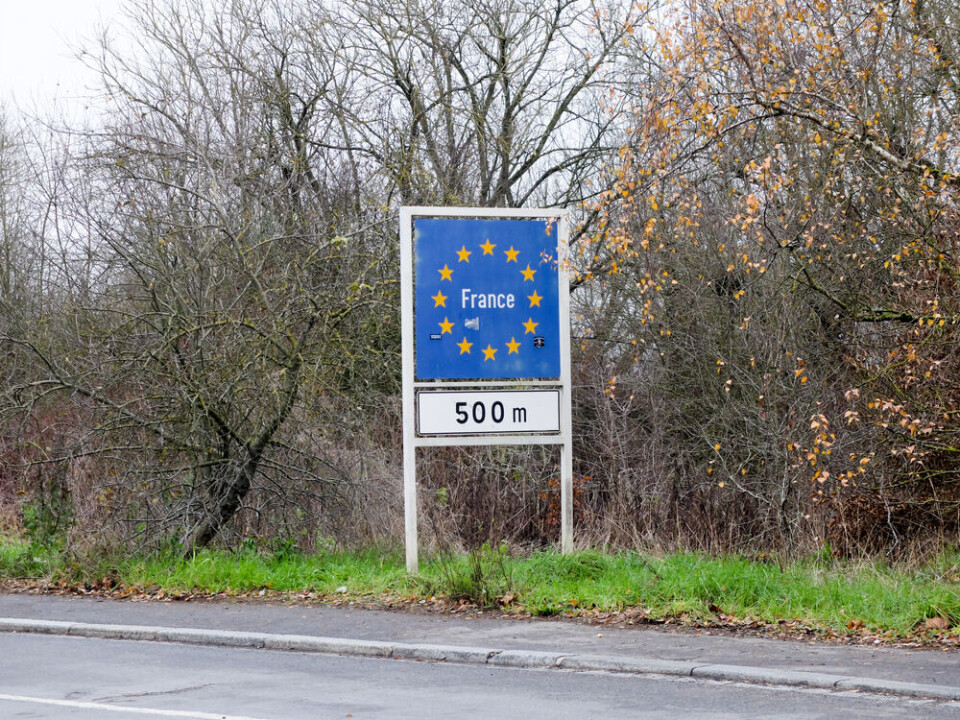-
French ski resorts report excellent Christmas despite less snow than last year
Bookings are up and non-snow related activities are also on the rise
-
American celebrity jeweller robbed of ‘more than €1m’ at French Riviera Airbnb
Jewellery and cash stolen from rental property where Chris Aire was staying
-
New 2026 civic tests in France: 50 example questions in French
Candidates must score 80% on tests to pass
France’s immigrants: We look at the trends in the latest official data
What is the percentage of immigrants in France and where do most come from? We review the figures as President Macron pledges to significantly reduce numbers

French President Emmanuel Macron has called for a ‘significant reduction’ in immigration but he also conceded that the country is ‘not currently overwhelmed’ by the issue. What is the actual situation?
Mr Macron made the comments in an interview last week in preparation for parliament reopening after its summer recess.
He said that his first priority was to reduce illegal immigration, and added that this would need to be done in parallel with work to encourage existing and legal immigrants to integrate well into French society and to respect the authority of the Republic – including at school and in the workplace.
Read more: France must significantly reduce immigration, says Macron
Immigrants and non-French people living in France
The latest figures from national statistics bureau Insee relate to 2022 and show that immigrants make up just over 10% of the population in France, with more than seven million officially living here.
Of these, 2.5 million (or 35%) have acquired French nationality.
The number of foreigners living in France (those without French nationality) is 5.3 million, which equates to 7.8% of the total population.
This includes 4.5 million immigrants who have not acquired French nationality and 800,000 people who were born in France but have a different nationality. The latter have the right to become French ‘by declaration’, at the earliest from age 13 but it does not happen automatically.
1.7 million people living in the country were born with French nationality but were born elsewhere. They are not counted among ‘immigrant’ numbers.
It means in total, 8.7 million people living in France were born elsewhere, equating to 12.8% of the population.
Where were most immigrants living in France born?
Almost half (48.2%) of immigrants in France were born in a country in Africa, including:
- Algeria (12.5%)
- Morocco (11.9%)
- Tunisia (4.7%)
This is followed by Europe (32.3%), with the highest percentage coming from:
- Portugal (8.2%)
- Italy (4%)
- Spain (3.5%)
In addition, 3.3% were born in Turkey.
Where were most immigrants who arrived in 2021 born?
The Covid crisis restricted movement across many countries, including France, even as borders began to reopen. This meant that there was a 19% rise in immigration to France in 2021 compared with 2020, but the figure was still lower compared to 2019.
- 2021: 246,000 immigrants entered France
- 2019: 272,000 did so
Some 41% of the immigrants who arrived in France in 2021 were born in Africa. Just under a third (32%) were born in Europe.
Most were born in Morocco (9.4%), Algeria (6.5%), Tunisia (4.7%), Spain (3.9%), and Italy (3.5%), but the instability in Afghanistan led to 3.3% coming from there.
How is the foreign and immigrant population in France changing?
The immigrant population is growing slowly, as a general trend.
For example, immigrants as a percentage of the total population have more than doubled since the World War Two:
- 1946: 5%
- 1975: 7.4%
- 2010: 8.5%
- 2022: 10.3%
However, the trend is not always linear. There was a decline in immigrants from 1931 (6.6%) to 1946 (5%). Numbers stabilised until the end of the 1990s, mainly as a result of the oil crises and the slowdown in labour immigration. Growth has picked up again since the early 2000s.
Similarly, the types of immigrants have changed.
Between the mid-1940s and the mid-1970s, most immigrants were men, looking for work during the so-called Trente Glorieuses – a 30-year period of economic growth. From 1974, more families came.
By 2022, 51% of immigrants were women, compared with 44% in 1975 and 45% in 1946, though this figure is slightly down compared to the period 2006-2014.
Read also
France must significantly reduce immigration, says Macron
Six key points to note from French Prime Minister’s recent interview
























